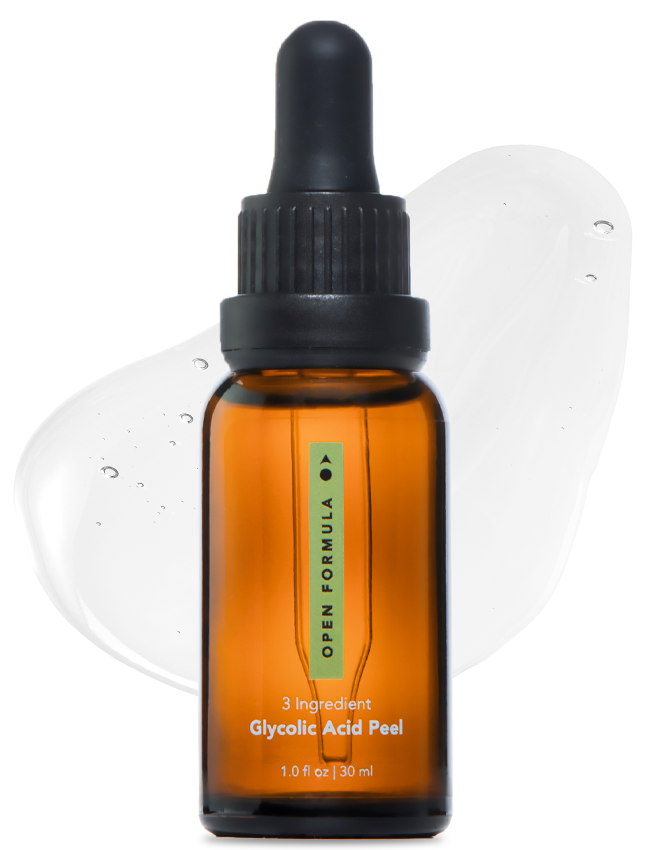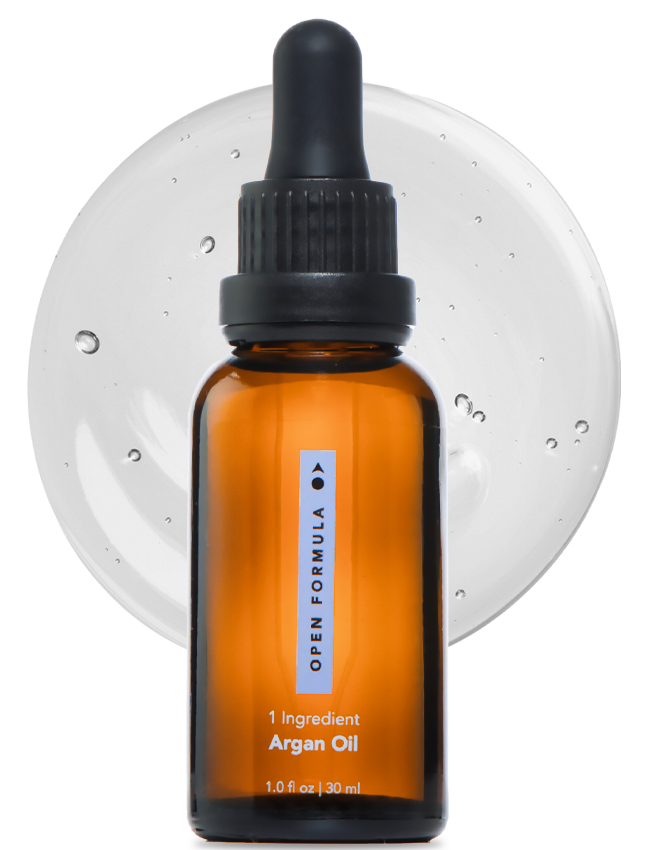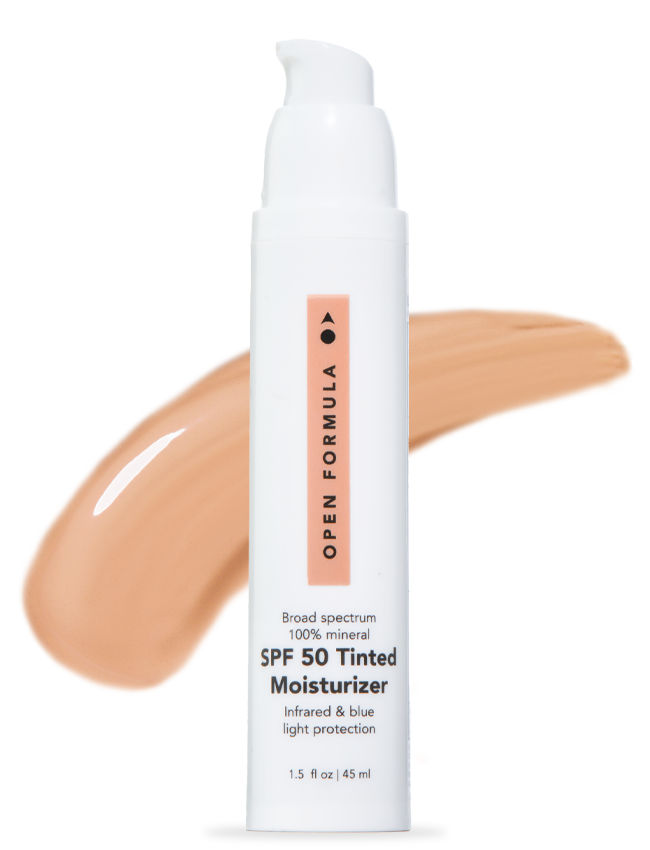Are we putting ourselves in danger by circumventing animal testing for cosmetics and skincare before the products reach humans? Why do big beauty brands still test on animals - do they really care about your safety, or is there a profit motivation?
Animal Testing Pros and Cons: Why, How and Alternatives
Big Beauty brands still test on animals. Whereas, younger, more progressive cosmetic companies boast “Not tested on animals,” and “cruelty-free” like badges of honor on their labels. But are we putting ourselves in danger by circumventing animal testing before it reaches humans? When it comes to skincare, most people want to know if the product they’re applying is going to make them grow a mustache or turn their cheeks blue. Let’s figure out whether or not animal testing for cosmetics and skincare is really ever a necessity.
Why do Companies Test on Animals?
When a company is formulating with tried-and-true ingredients commonly found in products, there’s really no reason for animal testing.
But when a company is trying to introduce a new ingredient with no precedent or safety data to look to, or repurposing a common ingredient for a new skincare use, or needs to know if a certain combination of ingredients is safe, animal testing is a good way to make sure the formulation isn’t dangerous.
Does Big Beauty actually care about us (odds are slim) or are they trying to thwart a lawsuit?
The FDA does not require animal testing specifically. It does require that the companies aiming to use ingredients with no existing safety data to somehow prove their formulations are safe for human use by whatever means necessary. Their “official” stance is to encourage alternative methods whenever possible.
How Are Cosmetics Tested On Animals?
The experiments can range from potentially harmless to downright excruciating and/or fatal for the animals. Some of the most common tests include injecting the product into a guinea pig or mouse to test for allergic reactions; applying the chemicals topically; or putting product into the eyes of mice and rabbits to test for irritation; or force feeding the substance to rats to test at what level the substance becomes toxic.
These tests are often flawed, though. They operate under the assumption that human biology closely resembles the test subject’s, which oftentimes, it doesn’t at all. In other words, they assume humans will react the same way the research animal does, whether it be a rat, bunny, or guinea pig. When in reality it’s more of a toss up.
What Are the Alternatives?
While the world, in general, has recently directed serious efforts away from using animals to test chemicals, it’s a tricky transition. The issue lies in the fact that each type of animal test needs a specific and unique replacement. So while scientists have developed alternatives with computer models, synthetic cellular models, or harvested organs, for many tests, there’s no viable equivalent yet.
For example, determining if a hair spray will cause cancer or permanent reproductive harm requires much more complex, biological, long-term research than predicting if a new shampoo is going to make your eyes red.
Human trials have also become increasingly prominent. It sounds scary, but microdosing people with bits of the substance has been a more or less accurate and safe way to streamline a product to market. These tests are highly controlled for potential risks and provide the clearest portrait of whether or not the product is going to cause harm to humans either instantly or later on down the road.
Animal Testing for Cosmetics and Skincare–Who Still Does It?
Since the ‘80s, US cosmetic companies and manufacturers have gradually shifted away from animal testing. But while companies may not test on animals in the US, that doesn’t mean they aren’t paying for tests internationally.
China and Big Beauty’s Role
For instance, China requires animal testing for any imported products before they can be sold on its soil. So in order to get their products on Chinese shelves, many US companies pay to conduct the tests. As of right now, a cosmetic company can’t really say it’s “cruelty-free” if it’s selling in the Chinese market. Big Beauty brands that care more about revenue and profits, than the animals, choose to sell in China and still do animal testing.
If the Chinese government suspects a product is harmful to humans, they frequently pulls products from shelves to conduct their own animal testing. The UN continues to encourage China against their current practices.
Can We Safely Avoid This Testing?
Cosmetic and personal care animal testing can be a horrific practice that puts defenseless creatures in harm’s way. Often, it’s a needless, and even archaic, practice.
With the miles of existing safety data already on file, is there a simple way to dodge animal testing for cosmetics and skincare?
Yes, use tried-and-true, already researched ingredients! Exfoliating Acids. Retinoids. SPFs. Peptides. Antioxidants like Vitamin C.






























